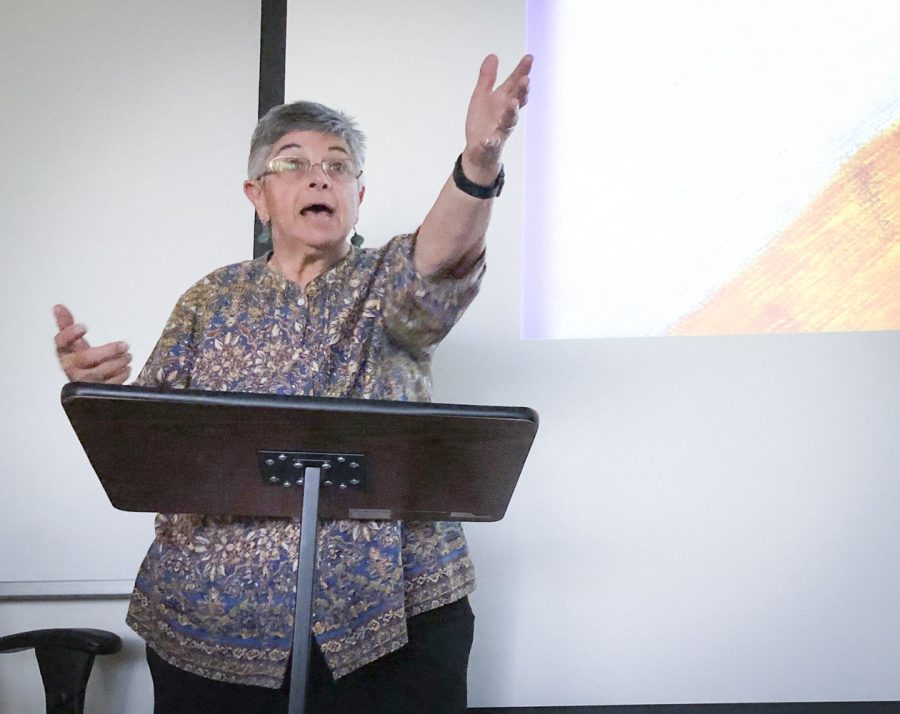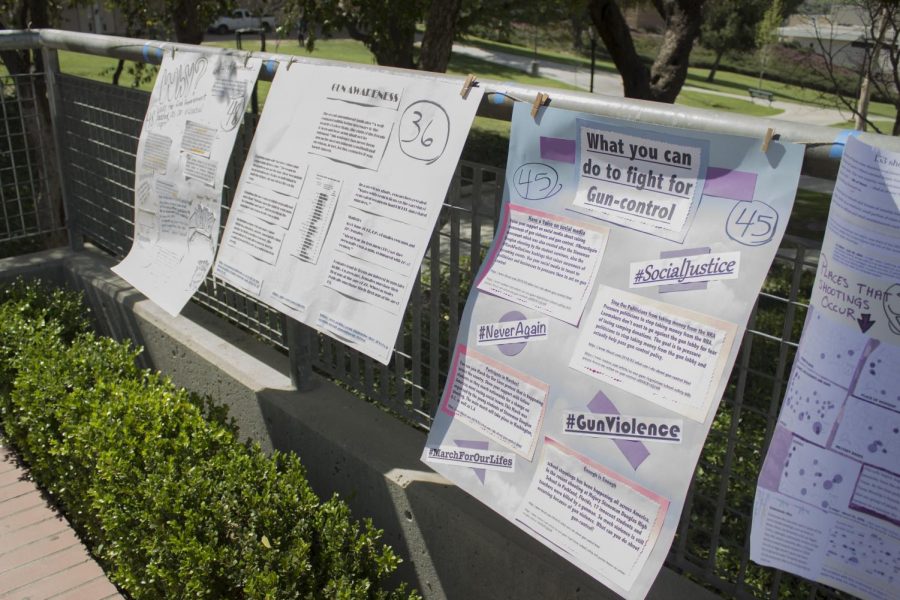Imagine being a student in the Ventura County CommunityCollege District and opening up a course catalog to find all the classes you would need. Sounds like a dream come true, but an increase in enrollment could make it a reality.
Campus funding is directly proportional to the number of students enrolled. Funding is somewhat affected by Proposition 13, a property tax law passed in 1975 by Howard Jarvis. The current property owners that stayed in their homes benefited by keeping their taxes low, preventingthe state from collecting much needed revenues to fund the education system.
The standard average amount of our campus funding in the state of California is $4,200 per full time student. Moorpark College currently receives $3,900 per full time student. That’s $300 more per student than the VCCCD receives. The state constitution formulas for calculating community college and K-12 aid are based on K-12 enrollment. The revenue formula is usually determined by an individual board of trustees in different areas.
Ray Di Guilio, Moorpark College’s Vice President of Business Services, says that these figures may fluctuate year-to-year depending on the financial condition of the State. Di Guilio indicated that Schwarzenegger’s cut backs have not helped.
“When looking at campus funding, the state looks at growth first,” says Di Guilio. “Those Campuses with the highest growth rates are likely to receive greater funding than the ones with lower growth rates.”
However, if there are statewide revenue shortfalls that impact the budgets, or if the enrollments are significantly lower than planned when the budget was built, the allocations to the colleges may be adjusted mid-year.
Each campus can use this money for its general college operations, including instruction, student services, maintenanceand operations, administration, and libraries, among other things. This money supports the colleges’ general fund budget, which most of the activities of the college’s acceptance for grants and contracts, capital projects, enterprises (bookstore, cafeterias), health centers and child care centers. It also represents categorical programs such as financial aid. If there is money left over after funds are allocated for all the various programs, it will remain in the general fund account.
Campus funding does not come from the federal government, but rather the state government. The federal funds that each school receives are not allocated through the same process as the state general funds.
Ventura College Vice President of Business Services Tom Kimberling said that if a student were to drop out of school after the census date, typically the fourth Monday of the semester, the college may claim that student as an enrollee. This means that the school would get to keep whatever money was gained from the original enrollment.If a student were to drop out prior to the census date or enroll afterward, then the school would get nothing.
The money given to the college is based on the expenses each college has, with the exception of some minor adjustments. During the fall and spring semester of the 2003-04 school year, colleges were receiving a different funding rate per Full Time Equivalent Student (FTES). This rate difference remains. As individual college FTES has increased or decreased since 2004 at a different rate than their proportional share of the budget, the differences in funding per FTES has been altered as well.





